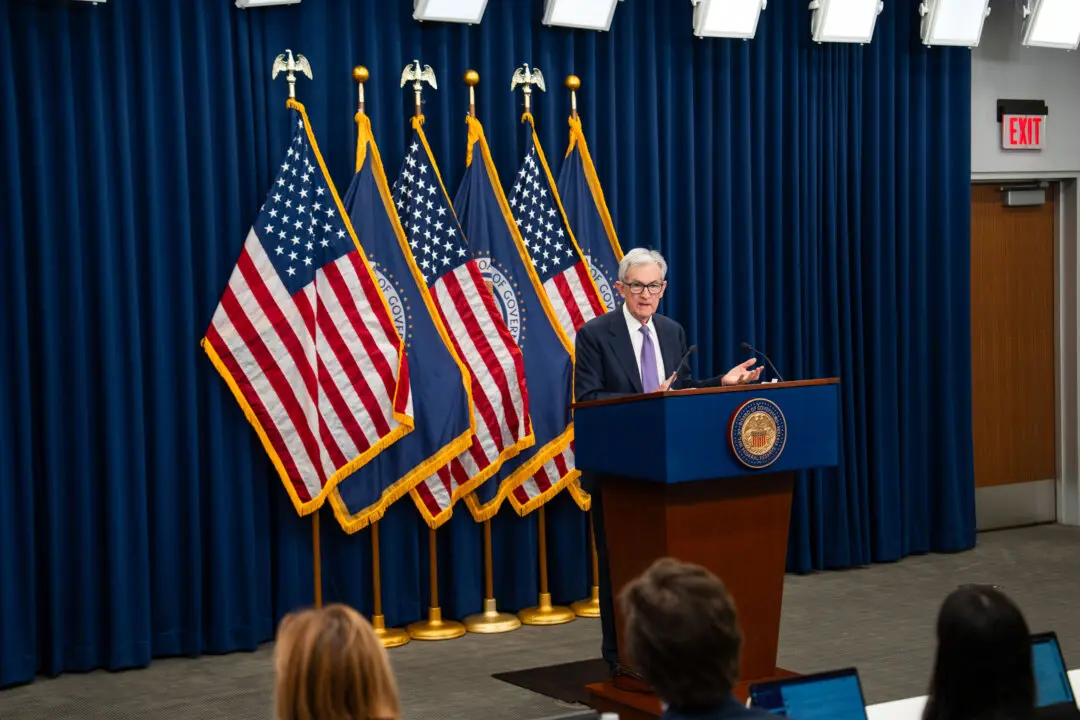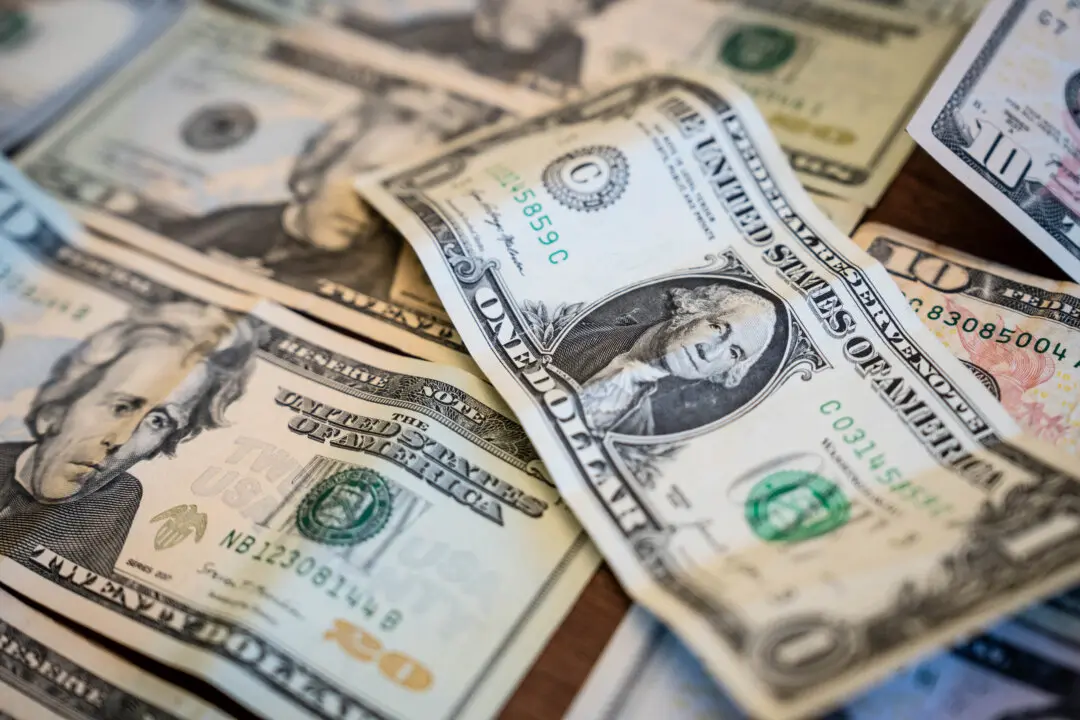The Federal Reserve left interest rates unchanged at their highest levels in 23 years as monetary policymakers have observed “a lack of further progress” toward the central bank’s 2 percent inflation target.
Fed officials noted that the risks to accomplishing its dual mandate of maximum employment and price stability have shifted to a better balance over the past year. Still, the “economic outlook is uncertain,” and the policymaking Federal Open Market Committee (FOMC) is “highly attentive to inflation risks.”





